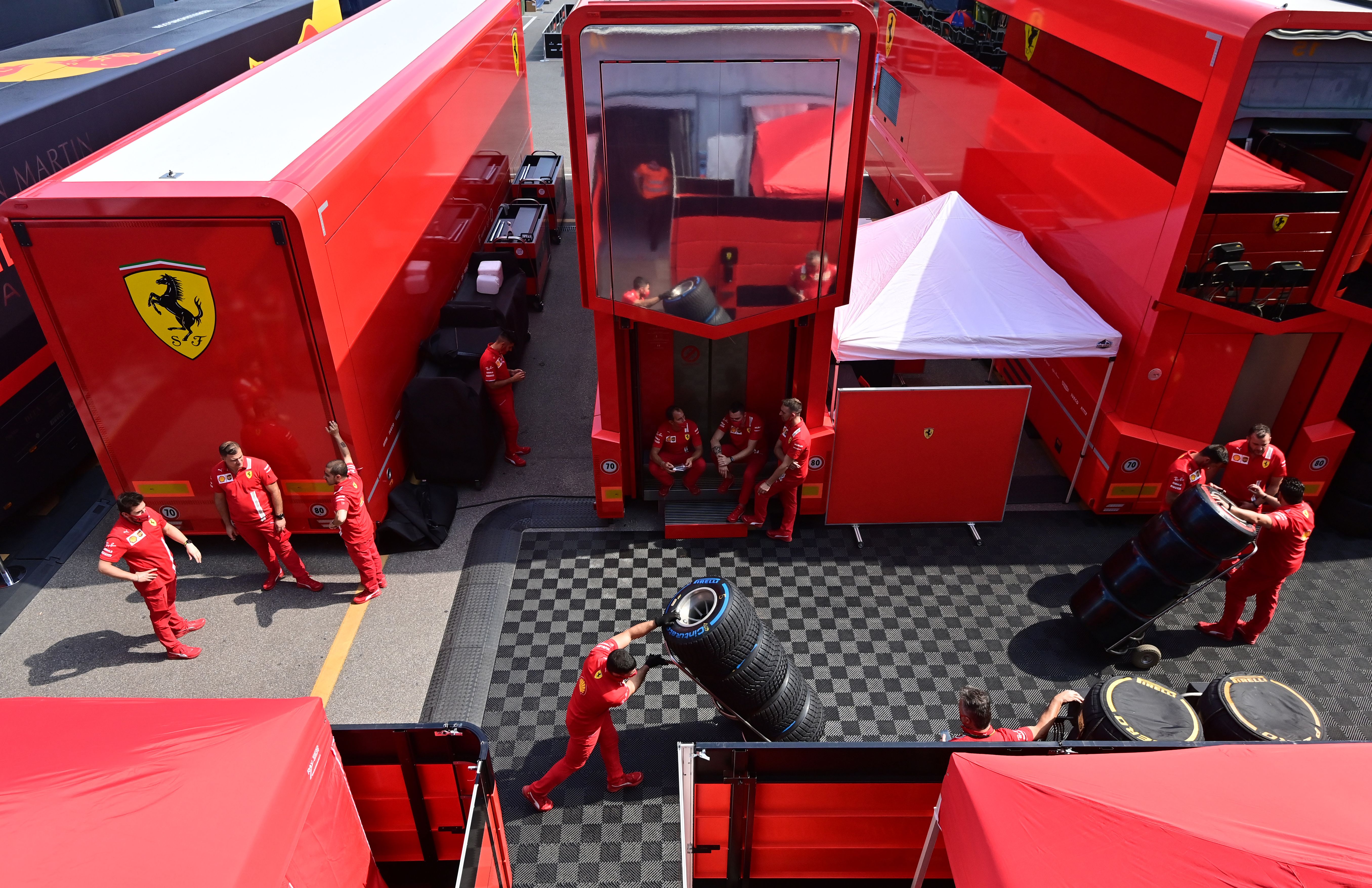How does Formula 1 move cars between races?
The 2022 season will see teams move cars and equipment across 22 countries and five continents

It’s one of the biggest logistical challenges in sport, but how do Formula 1 teams move hundreds of tons of equipment across the world, from week to week?
While it’s the two-hour race on the Sunday that grabs the attention, the business of moving cars, vital parts and personnel around the globe is a full-time, non-stop operation.
And it’s a challenge that ultimately sustains the title challenges of drivers such as Lewis Hamilton, Max Verstappen and the rest of the F1 grid, who will arrive at the track location on the Thursday of race week to find that the paddock has already been set up and their cars are ready to go.
The difficulty of such an operation is clear, however, due to F1’s relentless schedule. Next month, for example, sees the championship travel from Brazil halfway across the world to Qatar for a back-to-back, which could prove vital in Hamilton and Verstappen’s title battle.
It’s imperative, therefore, that everything is in the right place for race weekend.
How does F1 move cars between races?
First of all, it depends on where the race is. Formula 1 calendars are typically structured around the European races which take place in the middle months of the season. This makes it easier for teams to move equipment from country to country, as the distances between the races are much smaller.
For the European races, teams will drive all of their equipment to the tracks in special trucks. Once they arrive, everything is taken off the trucks and constructed on site. With the European section of the season often featuring several back-to-back races, teams are required to pack up and set off for the next location immediately after the race is finished. Teams will often employ several drivers so that the trucks can travel non-stop to their next location.
How does F1 move cars overseas?
The process is more complicated for the races outside of Europe. With teams looking to cut down on their carbon emissions, low-cost and non-essential equipment such as office furniture, kitchen supplies and general garage tools are shipped in advance. As it takes longer to ship equipment, teams will often have multiple sets of these items, so that shipments can be rotated around the world.
Essential race equipment is flown from race to race in cargo planes, with teams sharing space on a chartered flight. Formula 1 cars, which are made up of over 5,000 different pieces, are meticulously packed up onto pallets and reassembled in the garage by the mechanics upon arriving at the track. Spare parts can also be flown in separately if needed on the race weekend.
Join our commenting forum
Join thought-provoking conversations, follow other Independent readers and see their replies
Comments